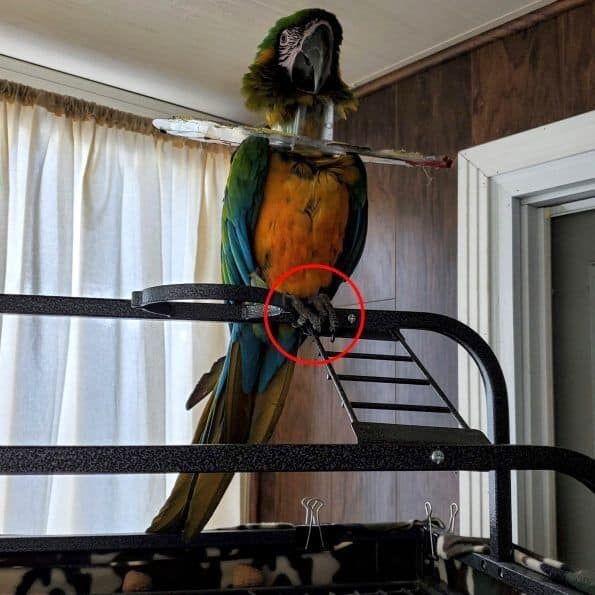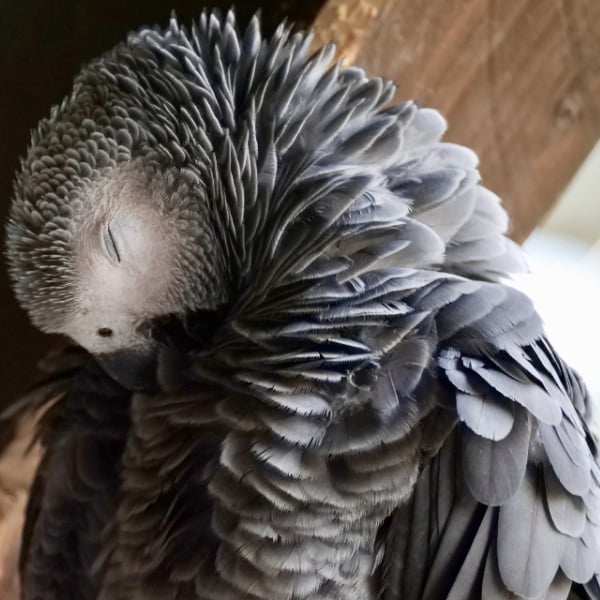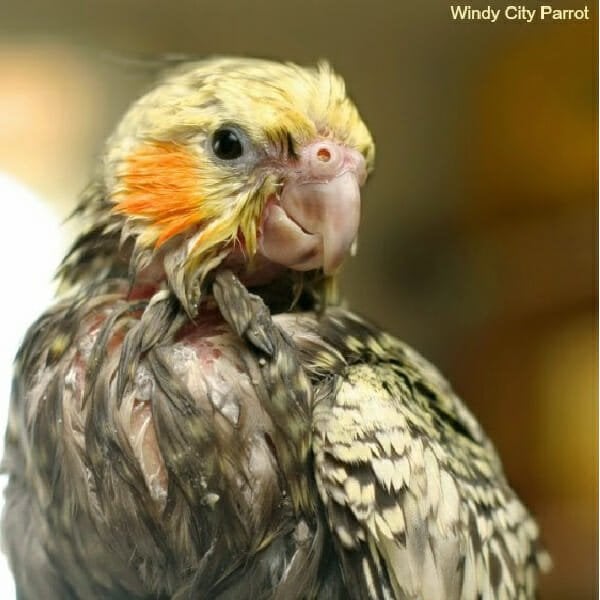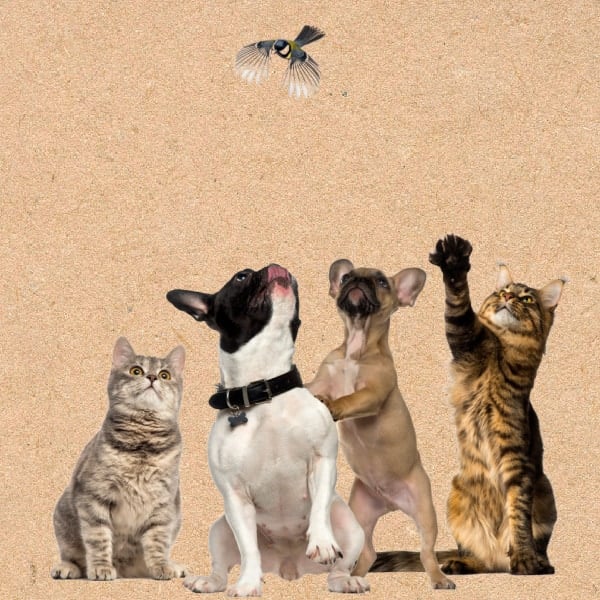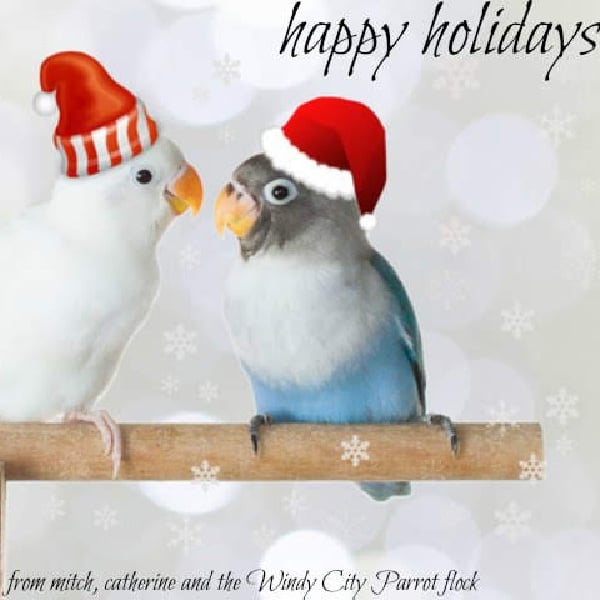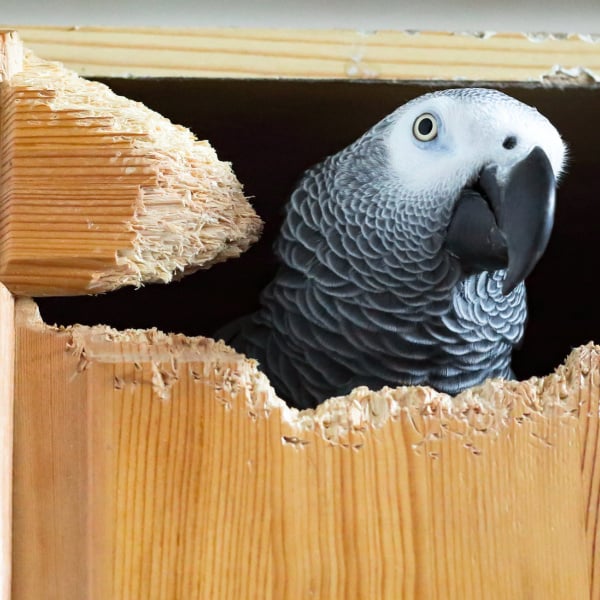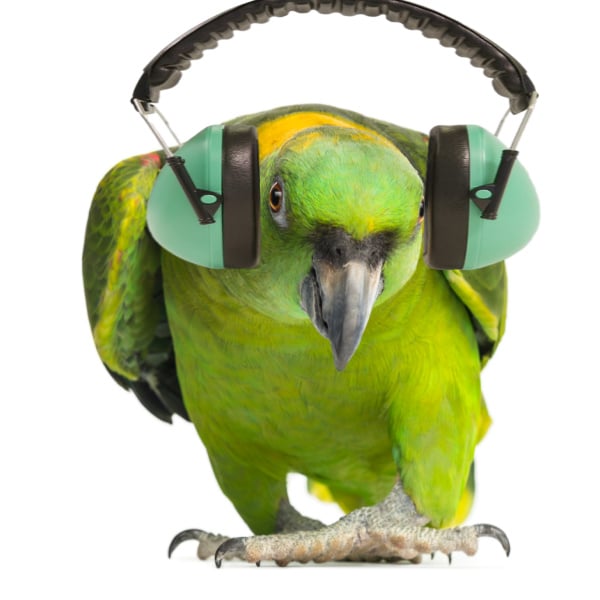Do You Think That Birds Are Unhappy in a Bird Cage?
The problem with Quora is that anecdotal answers are opinions, not answers.
Another problem with answering this question is where would we find benchmarks for bird happiness?
I know when my ringneck is happy eating because he talks to his food.
If anyone walks into a room where he was alone for more than 2 minutes he will insist on “conversation: with him doing most of the talking.
But communicating his happiness or displeasure about any of his birdcages (he has 4), is something still opaque to me.

